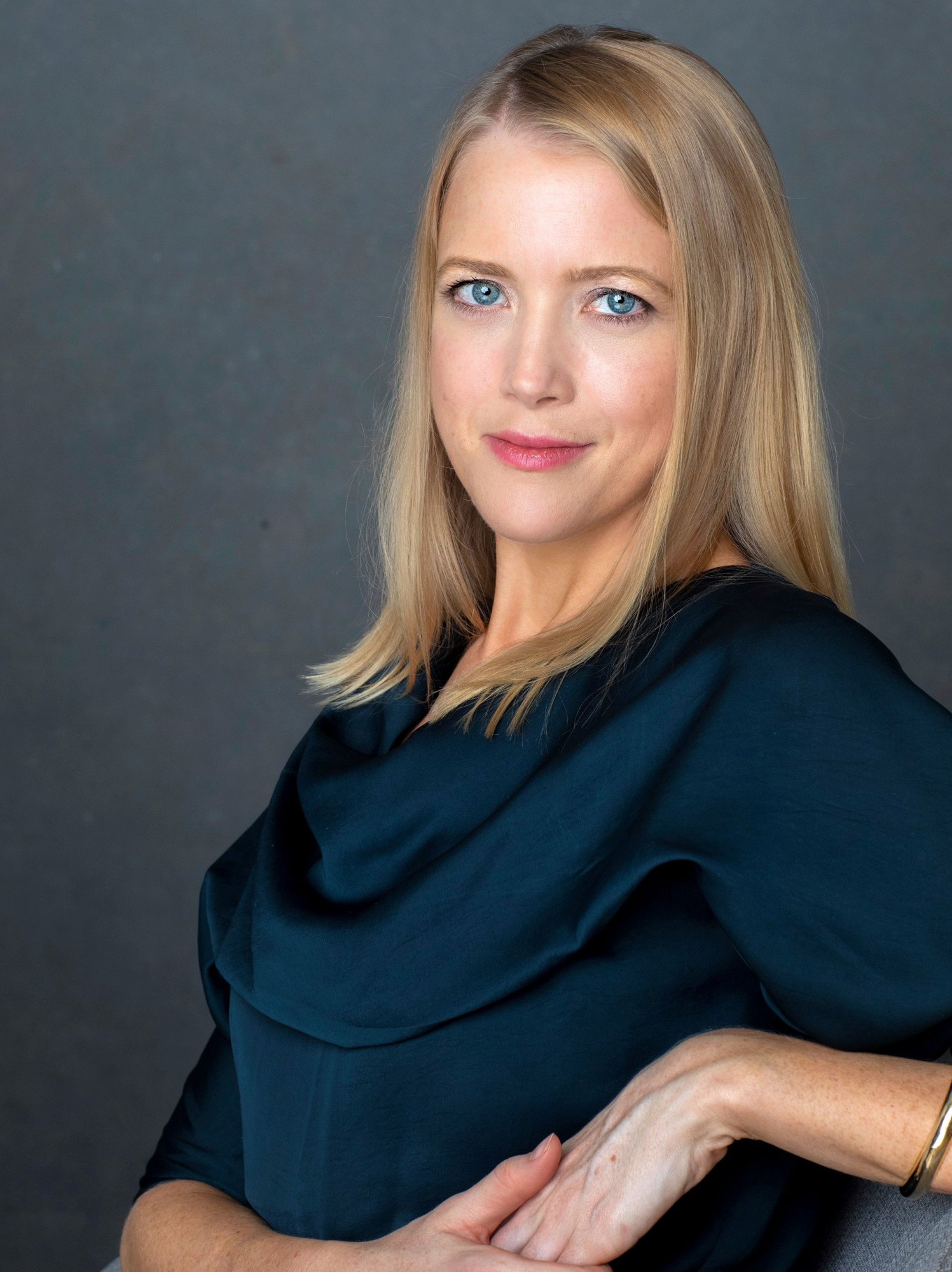This has been a banner year for Teasel Muir-Harmony, PhD ’14, curator of the Apollo spacecraft collection at the National Air and Space Museum. July marked the 50th anniversary of the first lunar landing—a high point in American history, and in her collection.
When that event was broadcast live in 1969, half a billion people tuned in, says Muir-Harmony. But the inspiring moment was also a political maneuver. By digging into US State Department archives while earning her PhD in the history of science and technology, she illuminated ways in which the space program telegraphed a Cold War message of US superiority over the Soviet Union. It was, she says, “a demonstration of American values and the benefits of a democratic society in contrast to the Soviet communist system.”
Muir-Harmony continues to study the political and social implications of space exploration at the Smithsonian, where she’s worked since 2016. Her job is a hybrid of scholarship and education: she analyzes documents, photos, and film (from the National Archives as well as university and private collections), writes peer-reviewed research papers, teaches a course called “Science, Technology, and Soft Power” at Georgetown University’s School of Foreign Service, and helps design exhibits at the museum, which welcomes about eight million visitors each year. Currently, she’s working with a team on a more inclusive revamp of the lunar exploration exhibit.
Don’t settle for half the story.
Get paywall-free access to technology news for the here and now.
